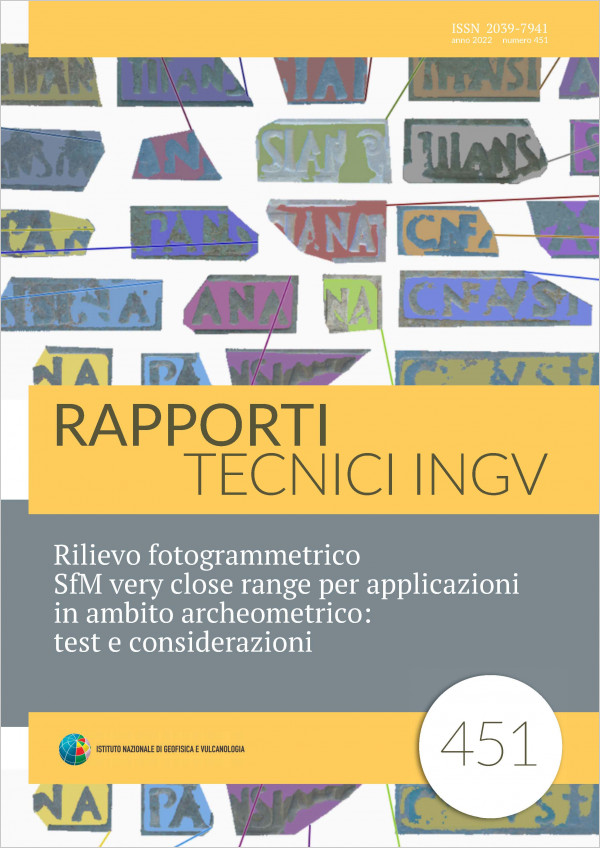SfM (Structure from Motion) photogrammetry offers great versatility in survey and restitution operations. The most important feature that allows this technique to be applied to a wide range of observation distances is the resolution of the images intended both as the quantity and quality of the pixels that compose them. With the same digital camera, equipped with a good sensor (CMOS) and operating in good light conditions, it is possible to acquire images over large or short distances with focal lengths that can vary between the extremes of wide angle and telephoto. Photogrammetry can thus be applied to elements of various sizes: from large structures such as slopes, land and buildings, to artifacts and even very small archaeological finds. It is therefore a question of using a versatile tool such as a digital camera to be able to work on specific scales and accuracies depending on the area of work. In the scale of the relief of a rock wall (a few hundred meters) derived digital models with centimeter accuracies are obtained, in the scale of applications from very short distances to small objects, much higher accuracies are achieved, up to a few hundredths of a millimeter. This technical report shows some SFM relief tests carried out on the archaeological finds preserved at the Delta Antico Museum in Comacchio (FE) to observe the type of precision and accuracy obtainable and to evaluate the usefulness of the working method used for future applications to the entire collection.
Published: 2022-07-01

